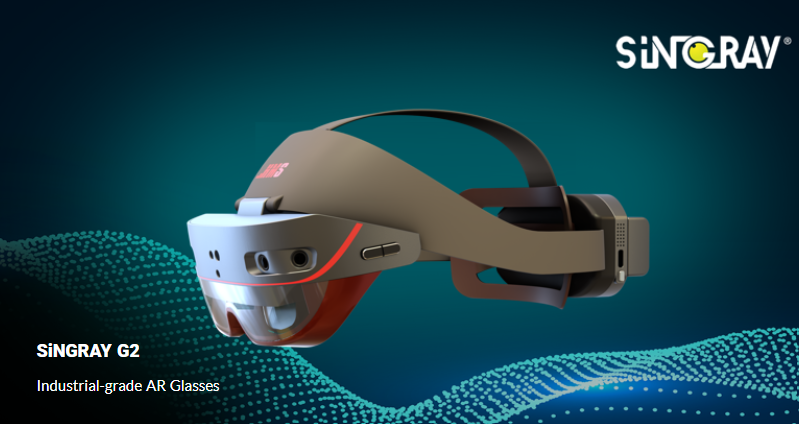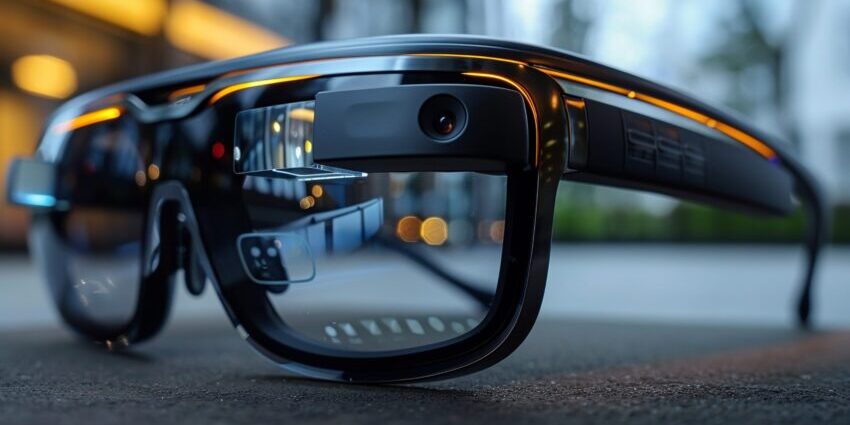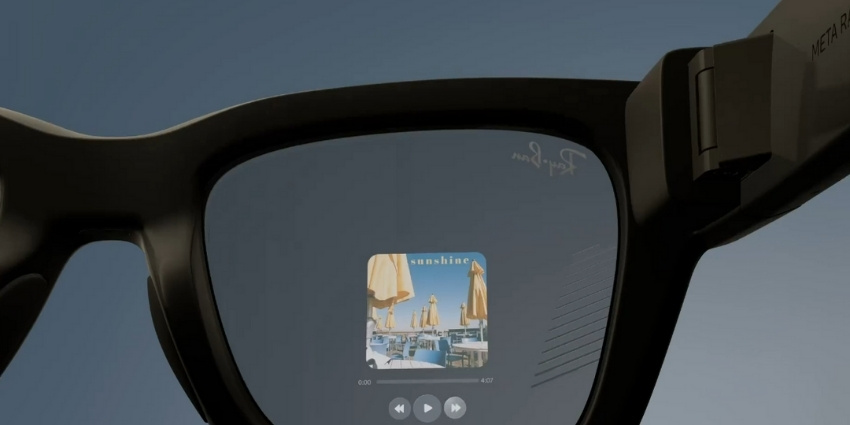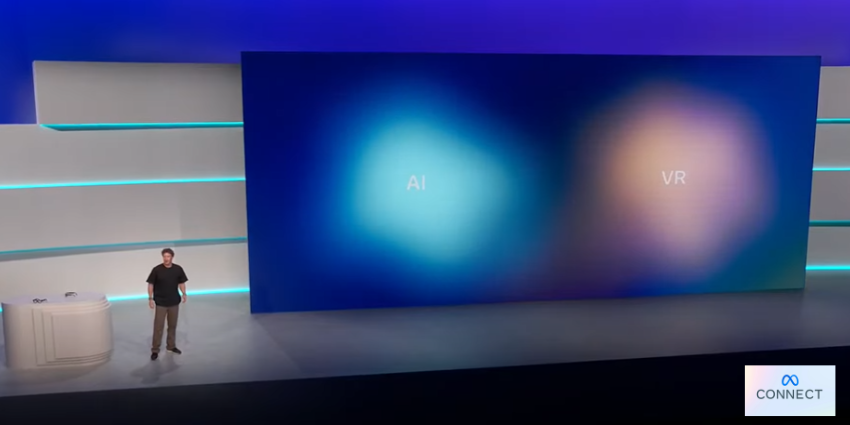With Apple pausing the Vision Pro 2, the signal is loud and clear: the centre of gravity has shifted. Bulky VR headsets are out; lightweight AR glasses that keep teams’ heads-up, hands-free, and connected to what matters are in.
Apple Shelves Vision Pro Plans
Apple has reportedly paused development on the next-gen Vision Pro, instead prioritising AI-first smart glasses – a sharp pivot after its $3,499 headset struggled to break beyond early adopters. The new glasses are slated for a 2026 launch, but don’t expect a holographic HUD just yet.
Rather than offering a full AR display, the glasses will likely function as a companion to the iPhone, handling everyday tasks like taking photos and answering calls. It’s a quieter, more incremental step than the Vision Pro’s sci-fi ambitions – but it’s strategically sound.
While the Apple Vision Pro made waves among enterprise XR buyers intrigued by spatial computing’s potential, consumer adoption stalled. High costs, hefty weight, and a limited app ecosystem proved hard to swallow – especially with the comparatively affordable Meta Quest 3 sitting right next to it on store shelves. Apple’s pause suggests a clear internal conclusion: immersive headsets alone won’t carry the platform forward.
Behind the scenes, this shift is about prioritising prevalence over spectacle. By betting on a device that can live on users’ faces all day, Apple is aiming to move spatial computing from “special occasion” to ambient everyday utility.
Meta Makes Glasses the Headline Act
Apple isn’t pivoting in a vacuum. Over at Meta Connect 2025, smart glasses stole the spotlight. The Ray-Ban Meta Display – complete with in-lens screen – arrived alongside a neural wristband for subtle gesture control, staking out a vision that looks more like stylish eyewear than a lab prototype.
With a $799 price tag and a U.S. rollout, Meta is clearly playing to win now, not in some distant future. Early retail sell-outs hint that demand is real, not just hype, and Meta is using this momentum to stake out platform leadership.
Mark Zuckerberg was characteristically direct:
“Everyone who has glasses is pretty quickly going to upgrade to smart glasses over the next decade… and a lot of other people who aren’t wearing glasses today are going to end up wearing them, too.”
Meta’s goal is to own the upgrade path for eyewear in the same way smartphones eclipsed feature phones. By focusing on all-day wearables, Meta is positioning smart glasses as the next must-have interface.
Project Jayhawk
The ripple effects extend far beyond two tech giants. Amazon is reportedly developing consumer AR glasses, codenamed “Jayhawk”, with a launch expected in late-2026 or early-2027. Add that to Meta’s push and Apple’s pivot, and the race is on.
For buyers, more entrants mean richer accessory ecosystems, faster component cost declines, and stronger leverage in negotiations around pricing and SLAs. The more players commit to the category, the faster the supporting technologies mature.
Less Spectacle, More Utility
For enterprise XR buyers, these moves are seismic. VR has struggled to find traction beyond niche use cases. AR glasses, however, align far more naturally with the rhythms of daily life, offering compelling applications for both consumers and businesses alike.
Unlike enclosed headsets, AR platforms preserve eye contact with customers and colleagues, reduce fatigue, and deliver “just enough” contextual information directly where tasks occur. In frontline workflows, the winning device will be the one that can be worn comfortably for hours – without pulling users out of reality.
Apple’s reallocation of teams and Meta’s acceleration of its wearables platform both point to a shared thesis: AI will be the primary user interface, and AR glasses will be its most intuitive vehicle. Instead of tapping, swiping, or holding controllers, users will speak, glance, or subtly gesture – blending the digital and physical with minimal friction.
As these technologies mature and become more affordable, AR glasses could quickly shift from experimental pilots to everyday workplace tools.







